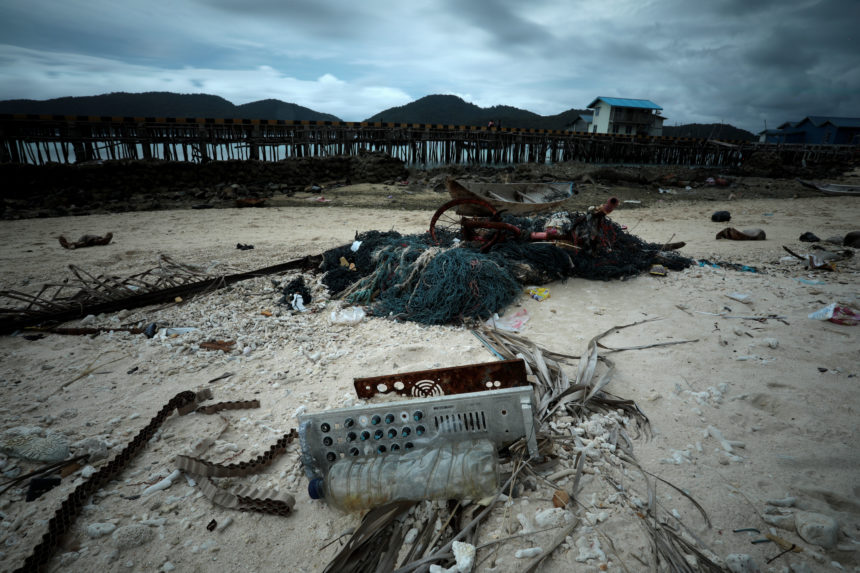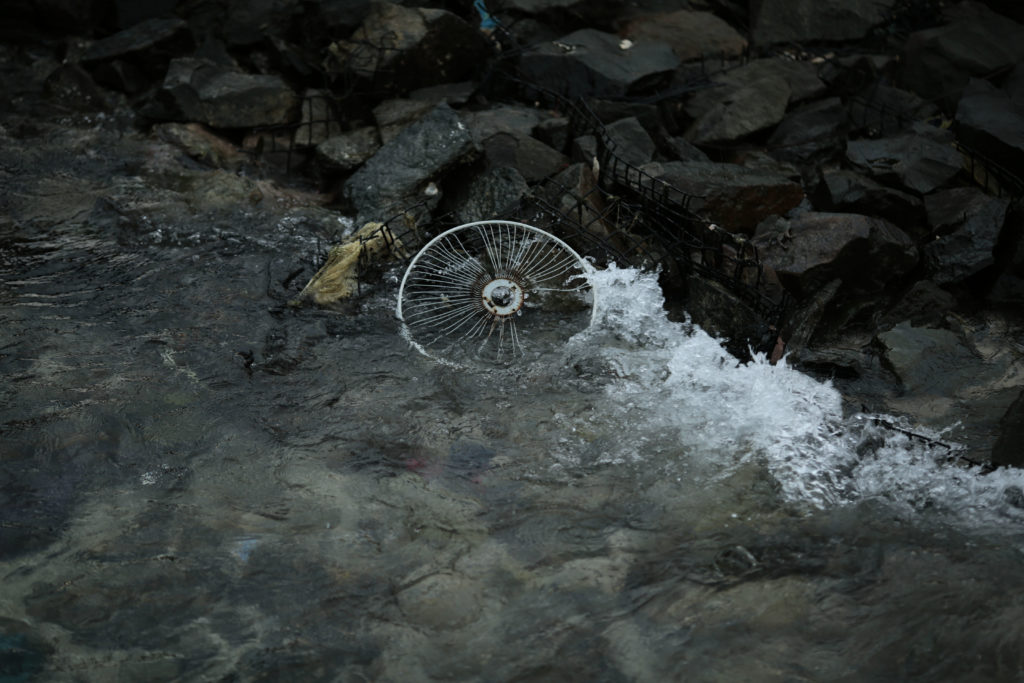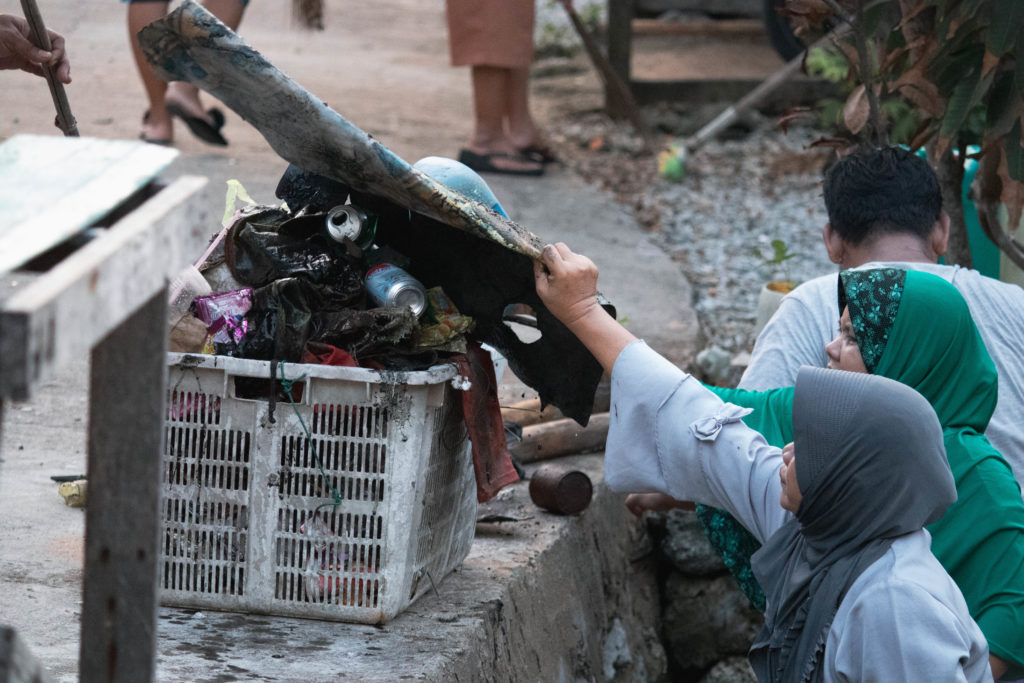There are plenty of plastics in the sea, and it’s a major environmental problem. Plastic is a synthetic organic polymer made from petroleum that can be molded into different shapes and forms. It is cheap, durable and light but also nearly impossible to decompose naturally.
Around eight million tons of plastic are found in the oceans every year. Plastic waste like water bottles and food packaging that are floating in the sea can slowly degrade into very tiny pieces also known as microplastics.
By definition microplastics are plastic fragments that are less than 5mm in size and hard to detect with the naked eye. These fragments are dangerous pollutant that can threaten the survival of marine organisms as they can easily enter inside the organism’s body due to their small size. Research has concluded that incidental microplastic ingestion can facilitate the transfer of microplastics to higher trophic levels that can go up to human populations. The food chain goes as follows: microplastics are ingested by plankton, plankton gets eaten by fish, fish consumed by humans.
Scientists are still unsure on the level of microplastics a body can tolerate or the damage they can do, but a few studies have shown that accumulation of microplastics over time can impact the immune system as plastics have varying toxic properties.
Constant exposure to microplastics is also harmful to corals as it can cause tissue damage, coral bleaching and overgrowth; especially if the microplastics contain harmful bacteria. A study on the impact of microplastics on corals shows that corals respond to microplastics in various ways, one of them is by increasing the production of mucus. High production of mucus is an indication that corals are under stress or they are in a bad environmental condition that disrupts their growth. In the Anamabas region that is located in the coral triangle area, plastic waste is still a major issue here and it is destroying the marine biodiversity of the Anamabas. Here at BAF we are actively working together with the Anambas local community to address the waste problems in the region.
We provide education on waste management for local community and give trainings on how to upcycle plastic waste. Underwater, we regularly do ocean cleanup to help keep the seas clean from human waste. Our coral conservation program meanwhile has various activities with the goal of restoring the coral reefs and creating a healthy ecosystem in the surrounding waters. If you want to find out more about our programs click here.
References:
Farrel, P., and Nelson, K. 2013. Trophic level transfer of mikroplastik: mytilus edulis to. . Environmental Pollution., 1-3.
Reichert, J., Schellenberg, J., Schubert, P., and Wilke, T. 2018. Responses of reef building corals to mikroplastik exposure. Environmental Pollution. Vol 237 944-960



